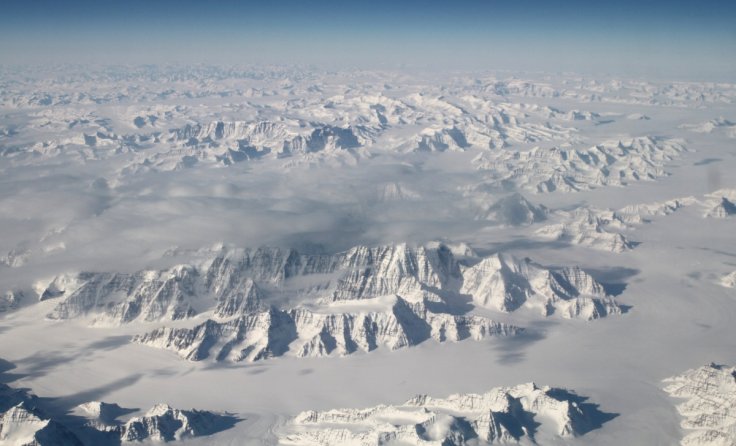
One of the most vulnerable places to climate change, Greenland, has again raised concerns as it lost almost two billion tons of its ice. The ice meltdown this early summer can be a sign of making another record of Greenland's ice loss amount.
Earlier scientists stated that the melting ice sheets in Greenland and Antarctica are the main reasons behind the sea level rise. But it is extremely unusual for such a huge bulk of ice to be lost in the middle of June, as the average "melt season" for that particular region is between June and August, while the huge ice sheet meltdown occurs in July.
The Polar Portal, which gives daily updates on Greenland's surface condition, shared a map that illustrated how the surface gains and loses massive ice sheets on a daily basis. Its recent picture has shown more than 2 gigatons of ice melt was widespread.
Yesterday (13th June), we calculate #Greenland #icesheet lost more than 2 Gt (2 km³) of ice,, melt was widespread but didn't quite get to #SummitCamp which was just below 0°C
— Greenland (@greenlandicesmb) June 14, 2019
The high melt is unusual so early in the season but not unprecedentedhttps://t.co/Ftg0fkC7AK pic.twitter.com/Y4jQ1FoFRZ
As per a research scientist at the University of Georgia, Thomas Mote, Greenland's climate losing such a huge amount of ice is unusual but "not Unpredicted." While referring to the record-setting melt year of 2012, he told CNN that the incident is "comparable to some spikes we saw in June of 2012."
According to the National Snow & Ice Data Centre, "In July 2012, a very unusual weather event occurred. For a few days, 97% of the entire ice sheet indicated surface melting."
However, Mote also mentioned that this early ice meltdown event has made it easier for further ice to melt in later summer.
It should be noted that the white snow and ice actually helps to reflect the sun rays back into space and reduce the temperature that is absorbed as well as to keep the ice sheet cold. This process called an albedo and as per Mote the early meltdown of such a huge amount of ice will now allow more mid-summer heat to be absorbed by the ice and melt it faster.
An ice climatologist at the Geological Survey of Denmark and Greenland, Jason Box has posted a video on YouTube that suggested 2019 will be a big melt year for that region.
While explaining the reason behind the sudden ice melt, Mote stated that "We've had a blocking ridge that has been anchored over East Greenland throughout much of the spring" which has caused some melting activity in April and that the pattern has continued.
As per experts, over the past few weeks, the high-pressure ridge became stronger as another high-pressure front moved in from the eastern US.
Mote added that a sequence of early melt seasons since 2007 that was unpredicted earlier and the world never witnessed anything like this "prior to the late 1990s."
It should be noted that if these events become frequent and common natural phenomenon, then the fresh water is being released into the sea would cause drastic sea level rise.
After studying the frequency of ice sheet melting events, earlier researchers claimed that if the situation remains same, then the global water level is expected to rise anywhere between 52 cm and 98 cm by 2100.









